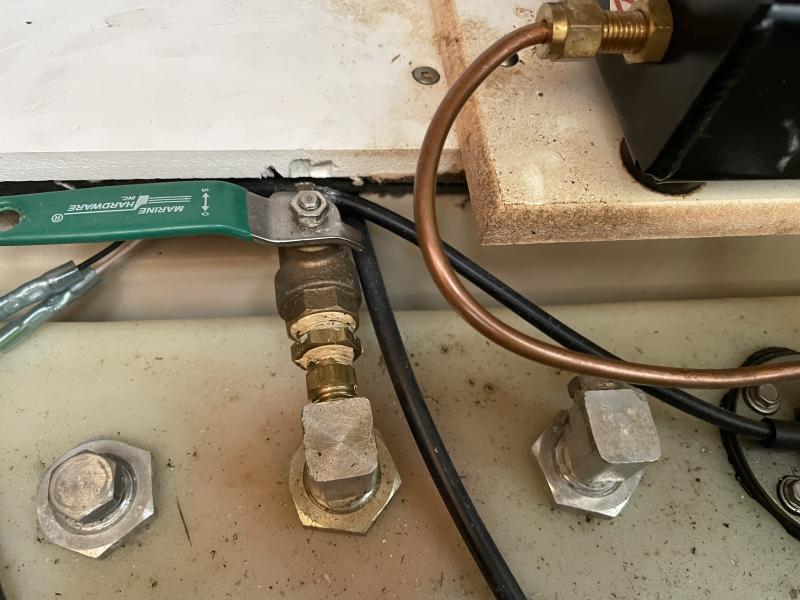it4llc
Well-known member
- Joined
- Oct 18, 2020
- Messages
- 285
- Fluid Motion Model
- C-28
- Hull Identification Number
- FML28C17K920
- Vessel Name
- Gremlin
After almost running out of fuel when we first got the boat by using the Volvo fuel gauge, I've relied on the Garmin fuel gauge on our 2020 C28. When we fill up, it's usually within a few gallons of what I expect it to be. I usually set the tank to full after pumping, knowing it's probably a gallon or two less, but I never go below 30-40 gallons in the tank so that was never a concern. At least until the last fill-up. My Garmin fuel gauge said I had 35 gallons left, but when filling up, instead of adding 65 gallons of diesel, it ended up being closer to 85. I don't know how the Garmin gauge would be this far off though as I thought it was generally fairly accurate, and not off by 20 gallons on a 100 gallon tank. Any thoughts on what would cause this?



